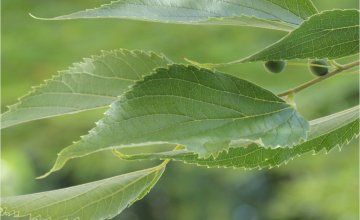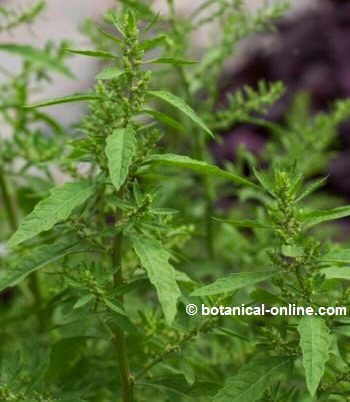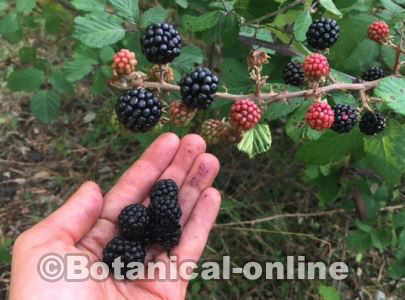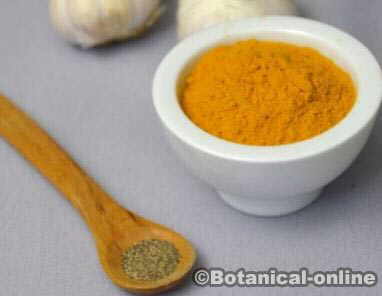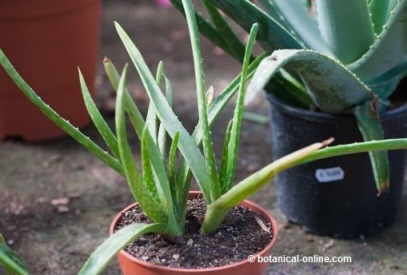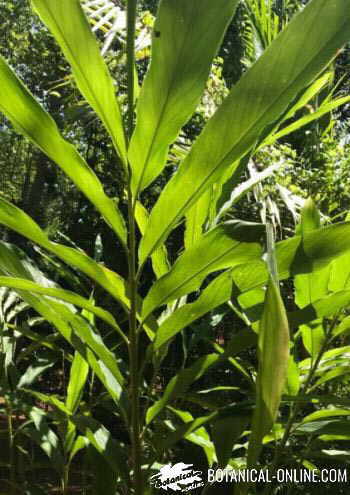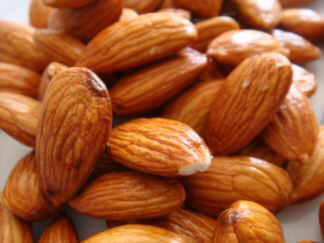Contents
What is a Spanish broom plant?
Characteristics of Spanish broom (Spartium junceum)
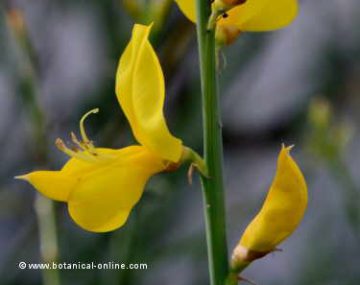
Scientific noun: Spartium junceum L.
Common noun: Spanish broom
Family: Pea family- Papilionaceae.
Habitat: Native from South Europe, it appears in grasslands and dry field margins, but it can also be found as a cultivated shrub in gardens or along roadsides. In the second case, to prevent slopes being eroded.
Components of Spanish broom
- Alkaloids: Mainly cytisine and sparteine together with genistein and isosparteine
- Glycosides: scoparin
- Acids: linoleic, oleic, caprylic, palmitic
- Tannins
- Oxalates
Cytisine becomes hallucinogen and stimulant of the respiratory track. It is highly toxic, resulting lethal in a superior dose of 5 mg. Other plants where this component can be found are: Ulex europaeus or Genista tinctoria.
Sparteine contains abortive, antiarrhythmic, cardiodepressive, diuretic and hypoglycemic properties. Consequently, it exerts a relaxing function in cardiac muscle although it can be considered very poisonous. It is even used as insecticide. It appears in less proportion in other plants as Cytisus scoparius and Aconitus napelus, the last one being considered one of the highest poisons in the world.
In a lower dose, genistein can also result abortive, fungicide and anticancerous.
Active parts: The whole plant (cytisine, sparteine), but specially the flowers and seeds. The flowers are very rich in scoparin and genistein is mainly found in young shoots.
![]() More information on plants
More information on plants

